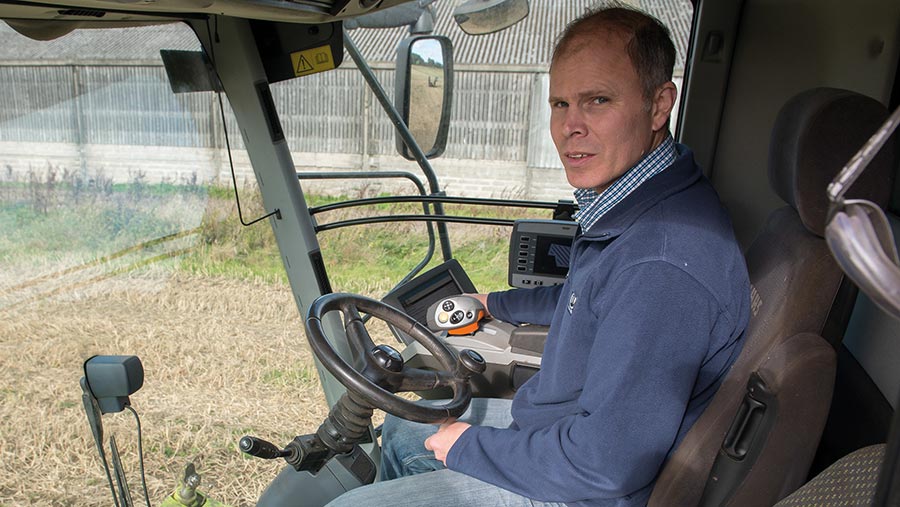Farmer Focus: Capped food pricing is an ill-thought-out idea
 © Angus Findlay
© Angus Findlay The government recently held the UK’s Farm to Fork summit on 16 May. By hosting the summit, the government appears to be at least recognising the importance of domestic food production.
However, newly announced plans for maximum food pricing looks to be an ill-thought-out idea and would likely heap further pressure on producers.
This would result in more of our production being filled by imports from countries with differing standards.
See also: Editor’s view: Why the summit was a sedative, not a cure
Ironically, in the news programme that ran this story was a feature about fast-growing chicken and how breeding over the last few decades has reduced growth times, increased feed conversion efficiency and produced cheaper, lower-carbon footprint food.
There may be welfare questions to ask about this, but as a nation we cannot have both limits on food price and also restrictions that mean we cannot produce at this price point.
If we ignore the calendar, which says it is the end, rather than the middle, of May, the farm is now looking well.
Winter crops have picked up nutrients and are fairly even, oilseed rape is in full flower and spring barley has between two leaves and two tillers depending upon drilling date.
With a dry week, it is easy to forget that it has been one of the dampest, most protracted spring periods that anyone can remember.
We usually drill spring barley between mid-March and 10 May, but with only 19 days without rain during this period, drilling did not start until 16 April. We finally finished a month later.
The later-drilled crop is catching up rapidly, having emerged at least a week quicker than the early-drilled fields.
I decided not to drill one block to allow an early entry for a winter crop in the autumn, instead replacing this with a fertility-building cover crop.
With dry and sunny weather now finally here, we are catching up with jobs such as fertiliser application and spraying.
Muck will go out for spreading after harvest and silage-making will soon be upon us.
I also have a few dates in the diary for agronomy days and other events, and am looking forward to getting off farm after a long spring.


